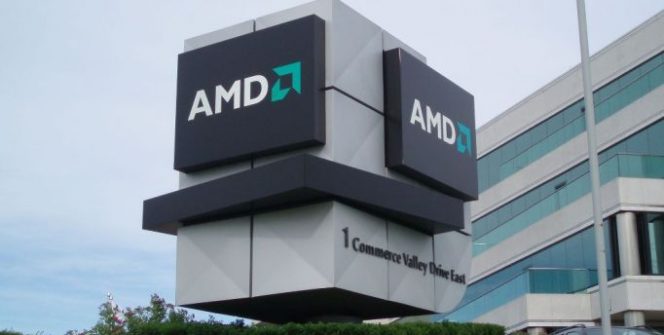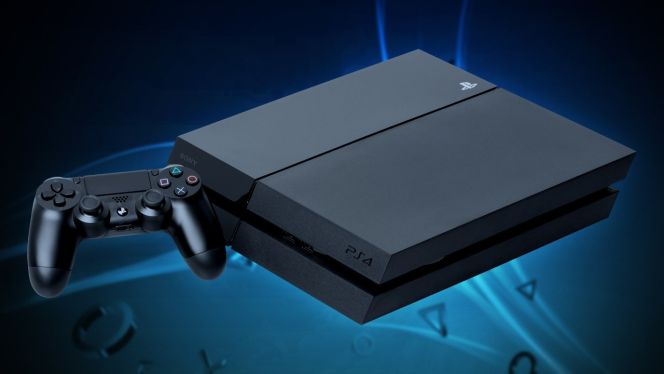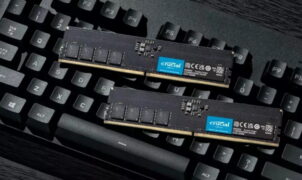TECH NEWS – New FreeSync technology requires more modern monitors.
Until variable refresh rate (VRR) technologies came along, you either got more input lag (more time before a button on your controller triggers movement on the screen) or screen tearing could cause some headaches. AMD introduced FreeSync in 2015, which provided a tear-free, lag-free experience back when 60Hz was great for games. Since then, games have gotten much bigger, graphics cards have gotten more powerful, and display resolution and technology have improved. While 120 Hz was a rarity 9 years ago, a monitor designed for gaming today is 144 Hz, if not more powerful, a testament to the industry’s improvement in refresh rates.
There are many curved and ultra-wide monitors available today. HDR also improves contrast and color accuracy, resulting in a more vibrant, lifelike visual experience. In 2017, AMD introduced FreeSync Premium Pro (HDR) technology certification, which guarantees brightness and color accuracy on compliant monitors. With higher refresh rates, better display technologies for gaming monitors blur the line between reality and fiction, and with more than 4,000 certified displays on the market today, AMD technology has become the largest gaming display ecosystem across devices and platforms. TVs, monitors, laptops, consoles all use it, and it can be deployed not only for HDMI connectivity, but also works over USB and DisplayPort.
AMD’s FreeSync technology certification guarantees a great experience, and AMD wants to keep it that way. Because so much has evolved since 2015, they raised the requirements last September. FreeSync on laptops requires a display with a maximum refresh rate of 40-60 Hz, while on monitors/TVs the horizontal resolution is less than 3440 pixels, but can be at least 144 Hz! Freesync Premium for laptops requires a minimum of 120 Hz, for monitors/TVs the horizontal resolution is less than 3440 pixels and has a minimum of 200 Hz refresh. If it is at least 3440 pixels, it must have a minimum 120 Hz display. Freesync Premium Pro differs from Premium in that it is an HDR capable display.
AMD’s move makes sense…
















Leave a Reply